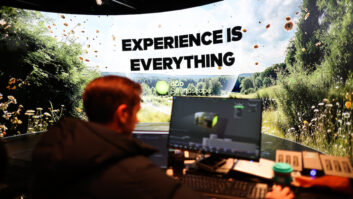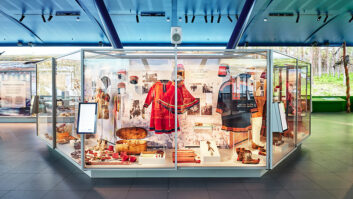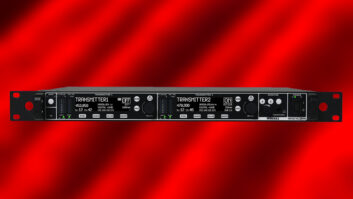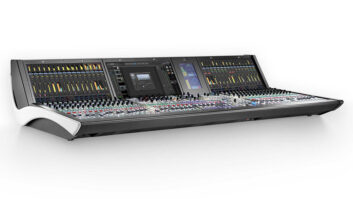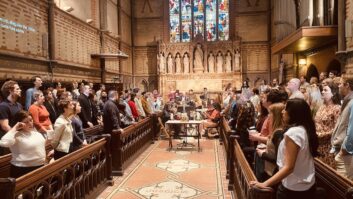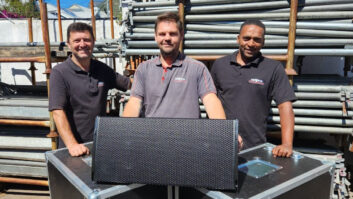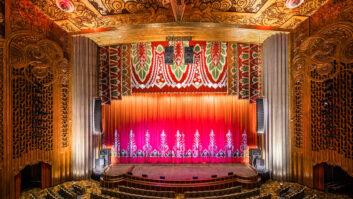Washington, D.C. (February 13, 2017)—The 500-seat Meyerhoff Theater inside the United States Holocaust Memorial Museum in Washington, D.C. continually hosts lectures, meetings, speeches and documentary films. Recently, the venue’s audio system was updated with the aid of Steve Haas, founder and president of SH Acoustics, who spec’d a system based around Renkus-Heinz Iconyx-series loudspeakers.
The Meyerhoff Theater is octagonal, and as a result, had major issues with speech intelligibility and consistency of level from front to back. That was a particular problem, because when the theater first opened, the program consisted mostly of performances, with just a few spoken-word events, but now it handles almost solely spoken-word events.
Haas’ team gutted the existing systems and added acoustic treatment to tame some of the excess reverberation without affecting the architecture. Then it introduced the new Renkus-Heinz Iconyx system to the space. While primarily intended for speech reinforcement, it can also serve as the high and mid section of a full-range system for films.
“The main arrays are actually a combination of Iconyx systems,” said Haas. “We serve the main body of seats with two Renkus-Heinz IC16-R-IIs that flank the stage. We did our usual beam-steering with the IC-16-R-IIs, which helped deal with the acoustics.” To deliver sub-lows, Haas chose Renkus-Heinz DRS18-1B non-powered subwoofers, located behind the stage.
The sound system also had to cover a wrap-around balcony level that starts at the level of the top row of the main body of seats. “The balcony had zero coverage with the previous system,” the museum’s AV specialist, Tom Fortwengler, remembered. “It was a tremendous dead spot until you got out from under the balcony. The new system solved that, but it wasn’t easy.”
“The sightlines from each edge of the stage would not hit half of the mezzanine because of the way the mezzanine is pushed back,” Haas said. “We were concerned about trying to extend the IC16-R-II arrays up high to cover that, so we did something unusual: We put in a pair of Renkus-Heinz IC8-R-IIs above the IC16-R-IIs and crossfired them. We could get away with crossfiring because true stereo imaging isn’t critical for the speeches or for the types of films that they were showing.”
Haas and his team also used a trick first developed for museum exhibits. “We put in a bunch of ceiling speakers over the mezzanine seating,” he said, “and we delayed them so they delivered the primary sound. We used the front top IC8-R-IIs only for localization. That gave the feeling that the image was close to the people but pulled it toward the stage-but not so far that it pulled the image to the opposite side of the stage. It worked, and the client was happy with the solution.”
Renkus-Heinz
www.renkus-heinz.com

